Solar eclipse
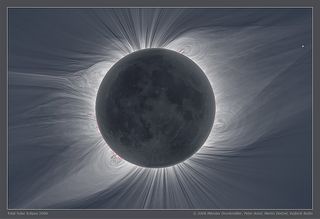
A solar eclipse is one of the most dazzling celestial phenomena that you can experience from Earth. It occurs when Earth, the moon and sun are aligned on the same plane, with the moon passing in front of the sun to cast a shadow on the planet below.
During a total solar eclipse, the moon completely covers the sun, which results in a period of "totality," when the moon completely blocks the light from the sun. This causes evening-like darkness during the daytime, as the center of the moon's dark shadow falls over Earth. Viewers do not experience totality during a partial solar eclipse, when the moon only blocks a portion of the sun's disk.
Latest about Solar eclipse
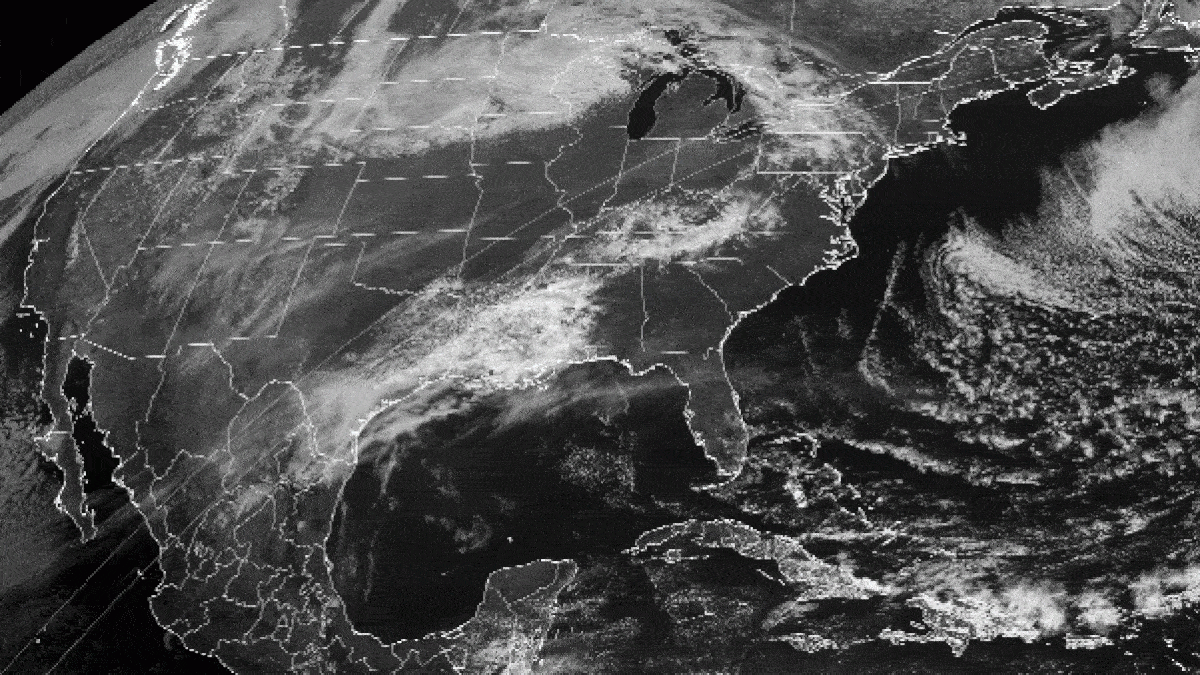
Global 'time signals' subtly shifted as the total solar eclipse reshaped Earth's upper atmosphere, new data shows
By Harry Baker published
During the historic April 8 total solar eclipse, a government radio station in Colorado started sending out slightly shifted "time signals" to millions of people across the globe as the moon's shadow altered the upper layers of our atmosphere. However, these altered signals did not actually change the time.
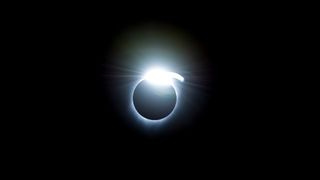
When is the next solar eclipse?
By Jamie Carter last updated
The next total solar eclipse will be visible from parts of Spain, Iceland and Greenland in 2026. Here's everything you need to know about how to watch the next solar eclipse.
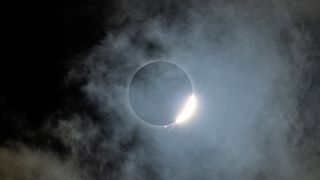
7 strange things observed during the April 8 solar eclipse: From shifting time signals to puzzling plasma plumes
By Harry Baker published
During the recent total solar eclipse on April 8, scientists and other observers spotted some strange things in the sky and on the ground. Here are some of our favorites.

Top total solar eclipses to look out for over the next decade
By Jamie Carter published
Want to experience totality again? Here are the next seven total solar eclipses across the world, from Alaska to Australia.
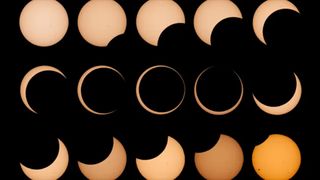
Annular solar eclipse 2024: Everything you need to know about the next solar eclipse
By Jamie Carter published
After the Great North American Eclipse comes a long "ring of fire" annular solar eclipse that can be seen in some iconic destinations.
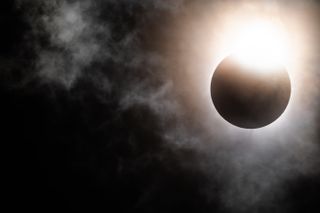
Here are the best photos of the April 8 total solar eclipse over North America
By Ben Turner last updated
Millions of viewers across Mexico and North America witnessed a historic total solar eclipse on April 8, 2024. Here are some of the best photos from the day, including photos of totality, the sun's corona, and the diamond ring effect.
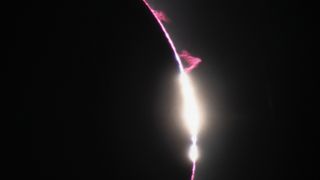
No, you didn't see a solar flare during the total eclipse — but you may have seen something just as special
By Harry Baker published
Several media outlets have incorrectly claimed that explosive solar flares were spotted during the April 8 total solar eclipse. But there were no flares during totality, so what did people see?
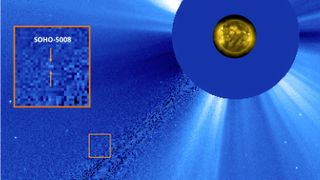
Total solar eclipse reveals tiny new comet moments before it was destroyed by the sun
By Harry Baker published
On April 8, just a few hours before the total solar eclipse, an amateur astronomer discovered a small "sungrazer" comet in close proximity to our home star. The newfound object was photographed during totality before disintegrating into nothingness later the same day.
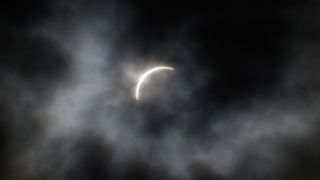
'You could feel the energy and wonder': Despite clouds, totality wows crowds during solar eclipse in Syracuse
By Rebecca Sohn published
The total solar eclipse on April 8 plunged Syracuse, New York's Milton J. Rubenstein Museum of Science & Technology into darkness for 90 seconds, creating a wondrous and memorable totality.
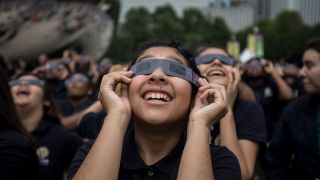
What should you do with your used solar eclipse glasses?
By Samantha Mathewson published
Now that the April 8 solar eclipse is over, what should you do with your used solar eclipse glasses? One option is to donate them to underserved communities, so needy folks can watch future eclipses safely.
Sign up for the Live Science daily newsletter now
Get the world’s most fascinating discoveries delivered straight to your inbox.
